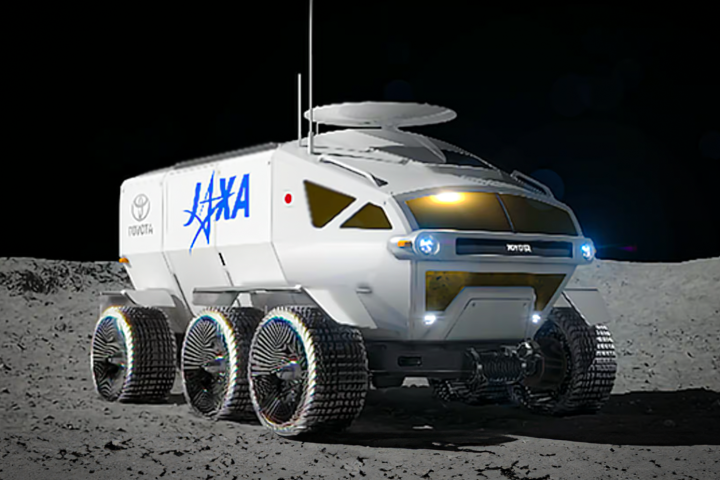A bizarre star may have its origins in one of the most energetic events in the cosmos. Astronomers have found that a star with a very unusual composition may have formed in the wake of a new type of hypernova – a stellar explosion with 10 times the energy of a supernova.
The story starts with a star designated SMSS J200322.54-114203.3, which lies in the halo of the Milky Way about 7,500 light-years away. It seems to be extremely old – a member of only the second-ever generation of stars born in the universe, dating back around 13 billion years.
In sky surveys, it was identified to have very low levels of metals compared to its contemporaries (although in the astronomical sense, “metal” essentially means “anything heavier than helium”). That’s unusual enough on its own, but the weirder part is that the star has very high levels of heavier elements like zinc, uranium, europium and maybe gold.
“The star we’re looking at has an iron-to-hydrogen ratio about 3,000 times lower than the Sun – which means it is a very rare: what we call an extremely metal-poor star,” says Dr. David Yong, corresponding author of the study. “However, the fact that it contains much larger than expected amounts of some heavier elements means that it is even rarer – a real needle in a haystack.”

The very first generation of stars were mostly made up of hydrogen and helium. Heavier elements were only produced after they had lived their lives, gone supernova and collapsed into neutron stars or black holes. When these neutron stars collide and merge, they can produce even more of heavier elements and release them to the cosmos.
The second generation of stars – some of which, like J200322.54, are still around today – were born into an environment that now had heavier elements, and as such, traces were incorporated into them. But in this case, a neutron star merger just wouldn’t produce enough of these elements to account for this star’s composition.
So for the new study, astronomers investigated another possibility: a hypothetical stellar explosion far greater than your garden variety supernova. The team found that the abundance of these elements matched what would be ejected from a star with the mass of 25 Suns going hypernova. By their calculations, the original star would have had to have been spinning very fast, and would have had a super strong magnetic field. J200322.54 would have formed in the aftermath.
“We now find the observational evidence for the first time directly indicating that there was a different kind of hypernova producing all stable elements in the periodic table at once – a core-collapse explosion of a fast-spinning strongly-magnetized massive star,” says Chiaki Kobayashi, co-author of the study. “It is the only thing that explains the results.”
The study suggests that the newly described mechanism could have been an important source of heavy elements in the early universe, and studying other stars with strange compositions will help unlock more information.
The research was published in the journal Nature.
Source: ASTRO 3D





